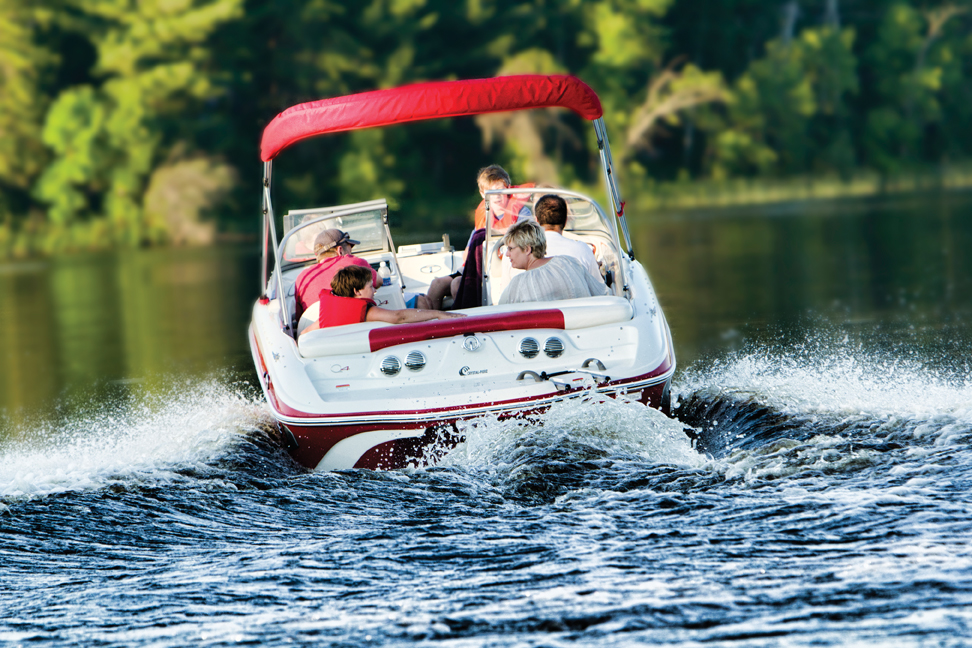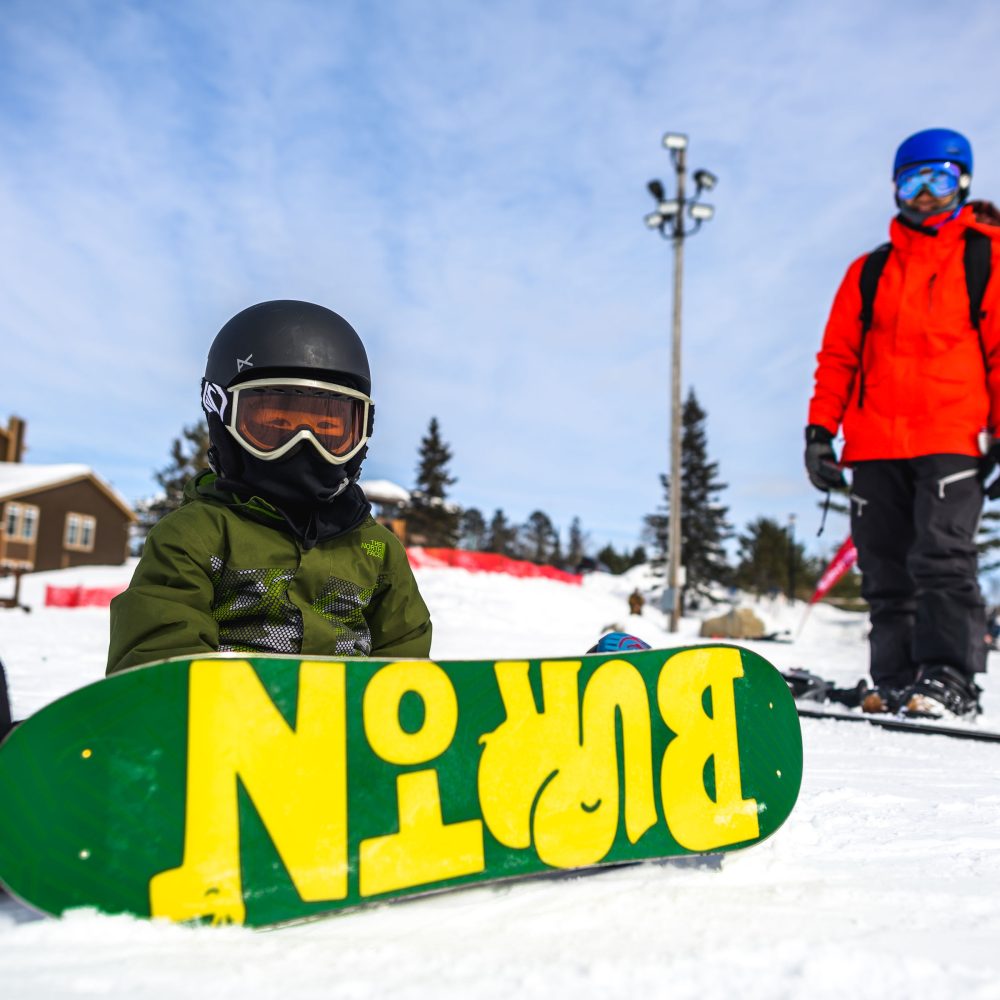Complete Guide to MN Boat Registration
Planning to hit the pristine waters of Lake Ore-be-gone or any of the Iron Range’s scenic spots? Before you launch that boat and start making memories on Minnesota’s Iron Range, you’ll need to get your Minnesota boat registration sorted out. We know the paperwork isn’t the fun part of boating, but getting it right means more time on the water and less time dealing with headaches later.
This guide walks you through everything you need to know about watercraft registration in 2025.
What Needs to Be Registered?
Minnesota Statute 86B.301 requires that watercraft owned by Minnesota residents must be licensed unless exempt. You’re required to register your watercraft with the DNR if it falls into any of the following categories:
All motorized watercraft – This includes everything from your fishing boat with a small outboard to personal watercraft like jet skis. Size doesn’t matter here; if it has a motor, it needs registration.
Non-motorized vessels over 10 feet in length – Your canoe, kayak, sailboat, rowing shells, sailboards, paddleboards and paddleboats need registration if longer than 10 feet.
For more information about kayak registration, check out our full kayak registration guide.
What Does Not Need To Be Registered?
Some watercraft get a pass on Minnesota registration requirements. If you’ve got a smaller non-motorized watercraft (10 feet or less), you can skip the registration process entirely. Same goes if you’re visiting from another state for less than 90 consecutive days and your boat is properly registered back home. Here’s a full list of watercrafts that don’t require registration:
- Non-motorized boats 10 feet or less
- Boats registered in another state (for visits under 90 consecutive days)
- U.S. Coast Guard documented vessels
- Government-owned boats
- Waterfowl boats used only during hunting season
- Rice boats used only during harvest season

Registering Your Boat for the First Time? These are the documents you’ll need
Getting your new watercraft registered in Minnesota isn’t complicated, but you’ll want to gather the right documents before heading to visit a deputy registrar. Here’s what you need to bring:
For New Watercraft:
- Completed Universal Registration Form or Watercraft Title and Registration Application (Form LB014)
- Manufacturer’s Statement of Origin (MSO) or Manufacturer’s Certificate of Origin (MCO)
- Sales receipt showing you paid state sales tax
- Your driver’s license or state ID
- Registration and titling fees
For Used Boats:
- Completed form
- Properly signed certificate of title or registration certificate from the previous owner
- Bill of sale with all required watercraft information
- Proof that state sales tax has been paid (or sales tax will be collected at time of registration)
- Valid driver’s license
- Applicable fees
Watercraft Being Transferred with Liens: If there’s a lien on the watercraft title, you must provide a lien release from the lien holder before the transfer can be completed.
Important Detail: If you’re buying a new boat longer than 16 feet from a dealer, the dealer will apply for title and registration on your behalf and is responsible for providing you with license materials. It’s actually required that they take care of this paperwork, which makes your life easier.

2025 Minnesota Boat Registration Fees
Understanding boat registration fees in Minnesota is straightforward once you know the basics. Every registration includes three parts: the base registration fee + $10.60 aquatic invasive species surcharge + an issuing fee.
Issuing Fees
- New registration or transfer: $8.50
- Renewal only: $6.00
- Renewal + transfer: $13.00 ($4.50 + $8.50)
Pleasure Craft (Recreational Boats)
- Under 17 feet: $36 + $10.60 + issuing fee = $55.10 to $57.10
- 17-19 feet: $59 + $10.60 + issuing fee = $78.10 to $80.10
- 20-25 feet: $113 + $10.60 + issuing fee = $132.10 to $134.10
- 26-39 feet: $164 + $10.60 + issuing fee = $183.10 to $185.10
- 40+ feet: $209 + $10.60 + issuing fee = $228.10 to $230.10
Personal Watercraft (Jet Skis, Wave Runners)
- All sizes: $85 + $10.60 + issuing fee = $104.10 to $106.10
Non-Motorized Watercraft Over 10 Feet
- Canoes, kayaks, sailboats under 19 feet, paddleboards: $23 + $10.60 + issuing fee = $42.10 to $44.10
- Note: Boats 10 feet or less don’t need registration
Don’t see your watercraft type in this list? Check the DNR website for a full list of watercraft and fees.
Remember, boat registrations are valid for three calendar years from the year of issuance, so you won’t be dealing with this paperwork annually.
How to Register a Boat: DNR License Center and Deputy Registrar Options
You have two main options for getting your watercraft registered: in person or by mail.
Visit a Deputy Registrar or DNR License Center
Head to any deputy registrar of motor vehicles office (the same place where you’d license your car) that handles DNR registrations. You can also visit the DNR License Center at 500 Lafayette Road in St. Paul. The big advantage of going in person? You’ll walk out with your registration card and decals, meaning you can hit the water right away.
When you register your boat for the first time, know its length, manufacturer, type of hull material (wood, metal, or plastic), type of propulsion, model, year, and hull identification number. You must be able to show with a receipt that state sales tax has been paid.
Mail-In Registration to 500 Lafayette Road
If you prefer to handle things by mail, send your completed paperwork and fees to:
Minnesota DNR Box 26 – Watercraft
500 Lafayette Rd.
St. Paul, MN 55155-4026
Keep in mind that mail-in applications take several weeks to process, so you’ll need to wait for your registration card and expiration decals to arrive before legally operating your watercraft. Note: You must wait until your new registration card and decals arrive in the mail before you can legally operate your watercraft.

MN Boating Education Requirements: New 2025 Boater Permit Law
Here’s something important that just changed: Starting July 1, 2025, Minnesota implemented new boater education requirements. If you were born after June 30, 2004, you’ll need a valid watercraft operator’s permit to operate any motorboat or personal watercraft.
This requirement will gradually expand to older age groups over the next few years, so even if you’re not affected right now, you might want to get ahead of the curve and complete the course.
The good news is that the Minnesota watercraft operator’s permit is good for life – no renewals needed. You can complete the course online through the DNR’s website, and it covers all the essential safety information every boater needs to know.
Exception: You don’t need a permit if you’re operating a motorboat with 25 horsepower or less (as long as it’s not a personal watercraft). Note that outboard motor brackets, rudders and other attachments are not included in length measurements.
Renew Watercraft Registration: Online and In-Person Options
When your three-year registration period is up, renewing is much simpler than the initial registration process. The DNR will mail you a renewal notice before your registration expires on December 31st.
You can renew your watercraft registration:
- Renew online through the DNR’s registration online system (you’ll get a temporary authorization number and confirmation page to print immediately)
- In person at any local deputy registrar office
- By mail to the DNR License Center
If you renew online, you will receive a temporary permit/confirmation page to print out for immediate use. Your registration card and expiration decals will then be mailed to you. The registered owner can renew, or if you are not the registered owner, a person may renew for you only if they have the DNR generated renewal notice.
Renewal fees are the same as initial registration fees, except the issuing fee drops to $6 instead of $8.50.
Minnesota Boat Registration: Understanding Your Documents
Once you successfully register your boat, you’ll receive several important documents:
Registration Card: This water-resistant card must be carried on board your watercraft and available for inspection. Sign your registration card immediately upon receipt.
Expiration Decals: These must be displayed on your boat according to DNR regulations. The decals will then be mailed to you after processing.
Certificate of Title: For boats longer than 16 feet, you’ll also receive a watercraft title that provides legal proof of ownership.
Why Register Your Boat? (Beyond Just Following the Law)
Sure, registering your boat is required by law, but there are practical benefits too. Your registration helps fund conservation efforts, waterway maintenance, and the development of boat ramps and marinas throughout Minnesota. When you’re launching at the boat ramp on Lake Ore-be-gone or any of the other fantastic lakes on the Range, those registration dollars are part of what keeps those facilities maintained and accessible.
Plus, having proper registration protects you in case of theft and makes it easier to prove ownership as the boat owner if you ever decide to sell your boat.
Exploring Iron Range Waters with Your Registered Watercraft
Once you’ve got your registration sorted out, the Iron Range offers some truly unique boating experiences you won’t find anywhere else. Lake Ore-be-gone in Gilbert is a former mining pit that now offers crystal-clear waters with depths reaching up to 500 feet. The iron particles in the water create a distinctly refreshing feel that’s different from your typical lake experience.
Side Lake at McCarthy Beach State Park is perfect for families, with a gradual shoreline that’s ideal for kids and a floating mini-park for extra fun. The park requires a state park pass, but it’s worth it for the facilities and camping options.
Don’t overlook the other mining pit lakes throughout the Range – many offer incredible trout fishing in some of the clearest water you’ll ever see. These former mine pits create unique ecosystems with dramatic rocky walls and surprising depths.




